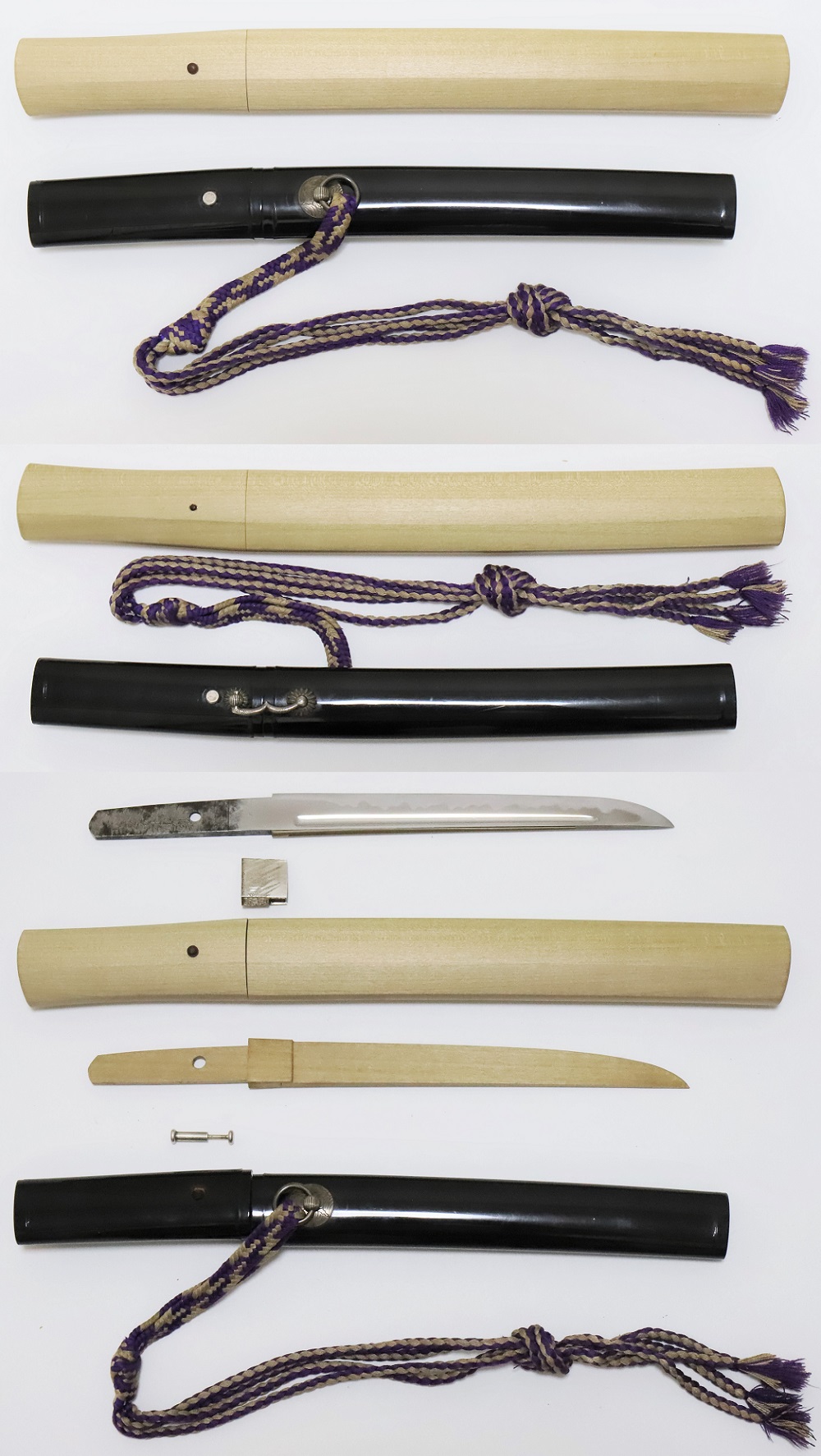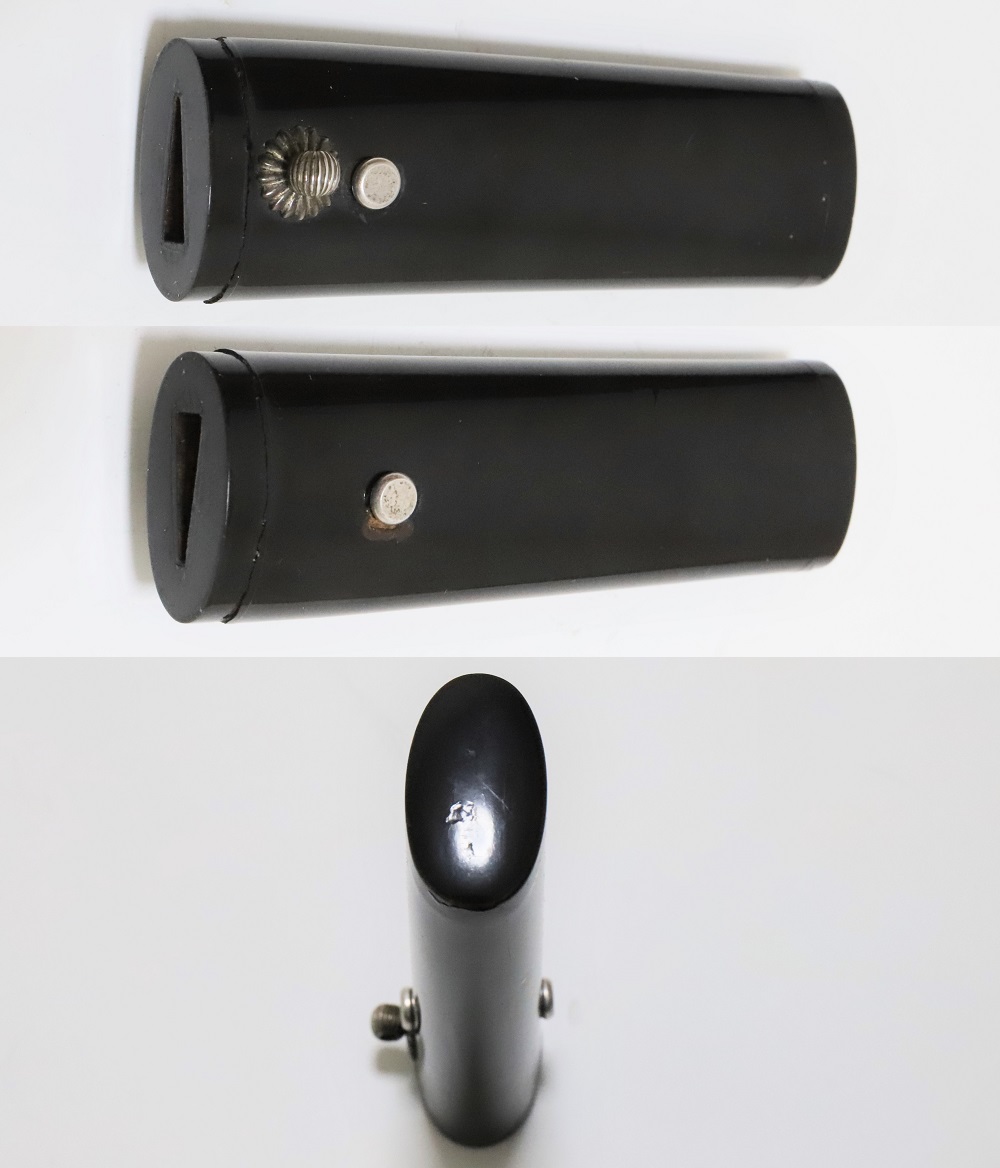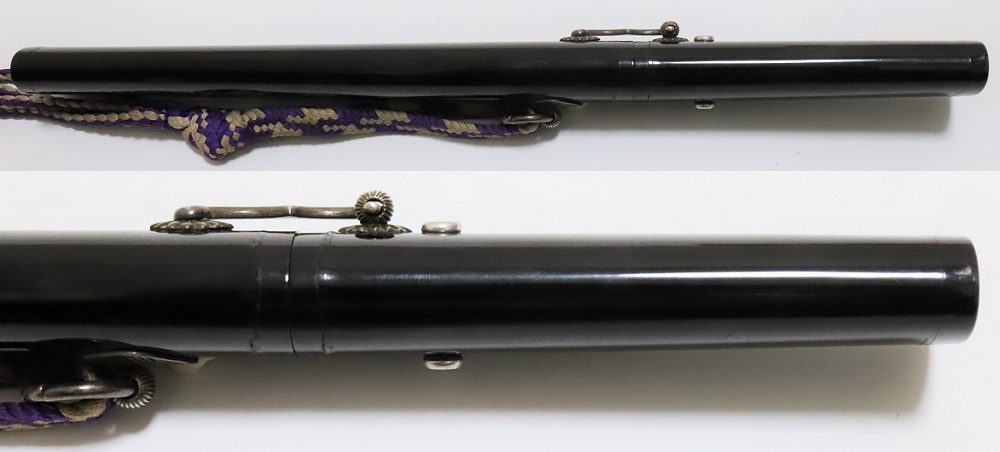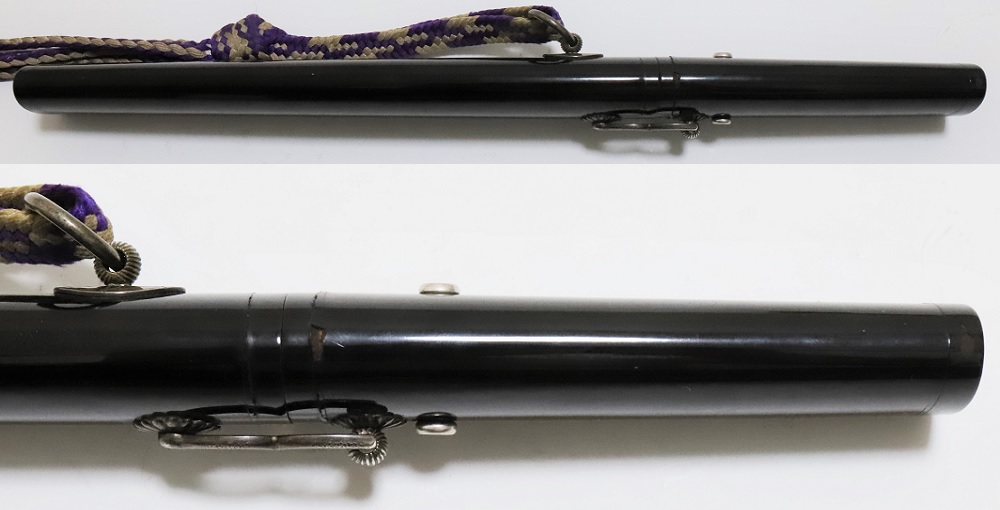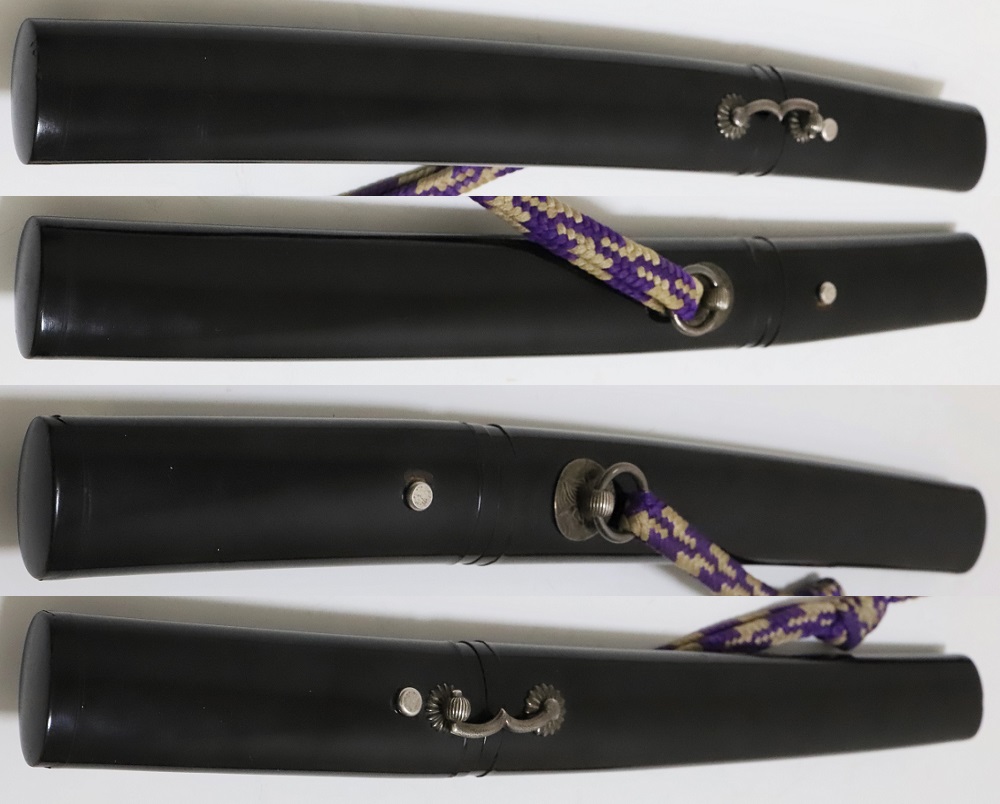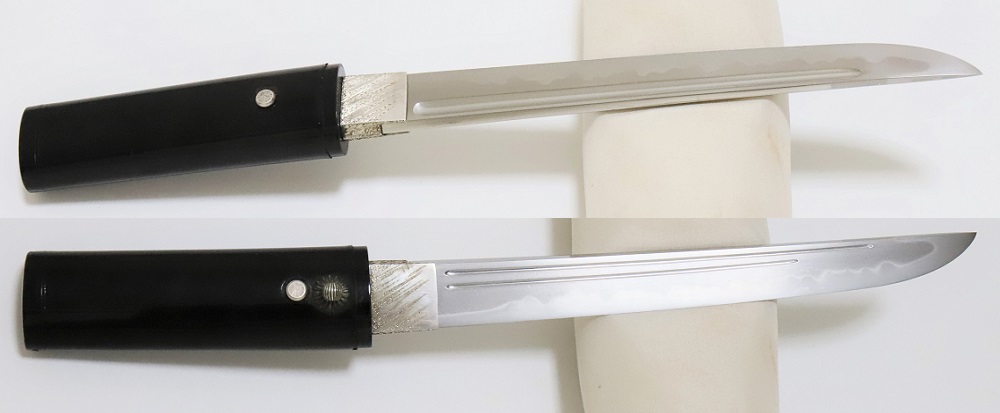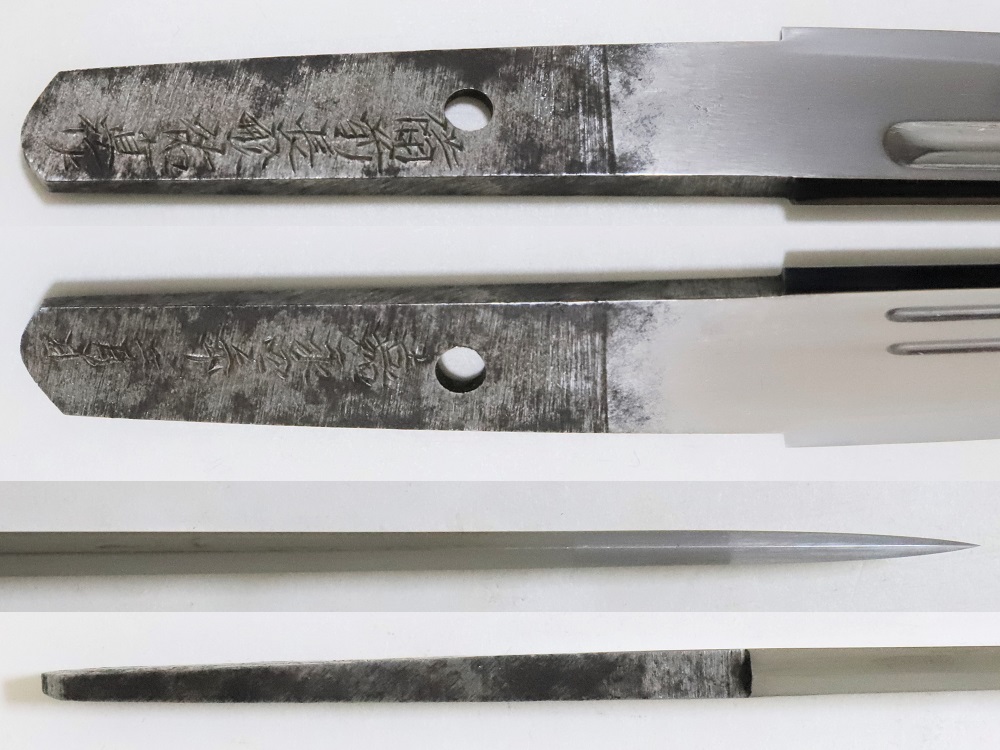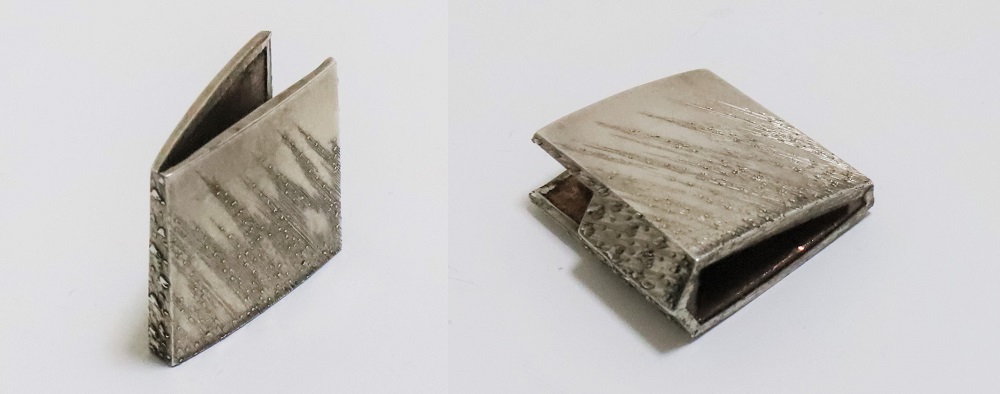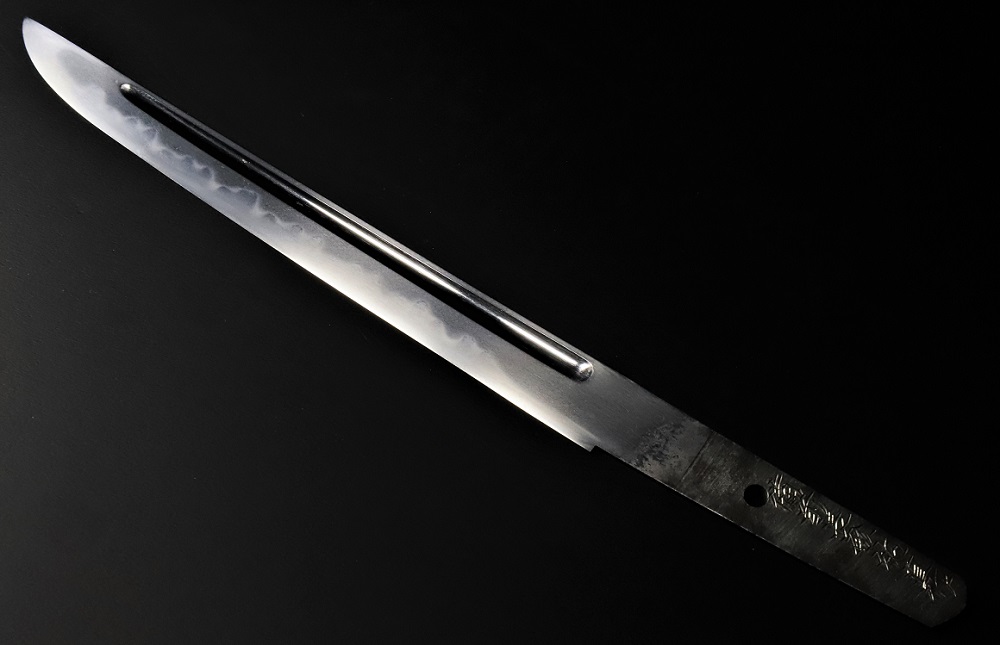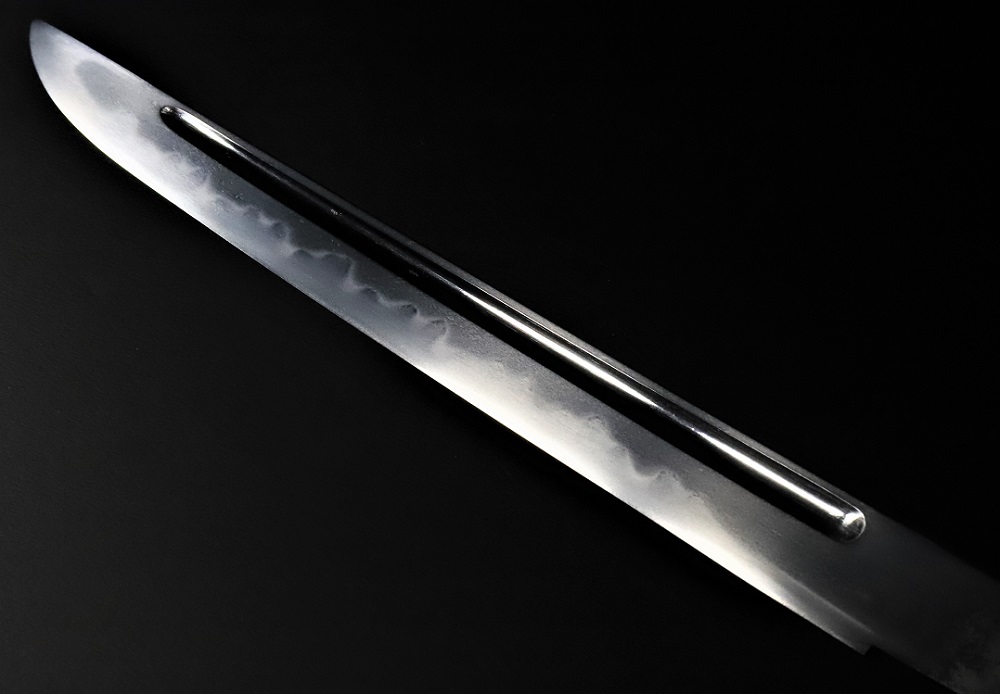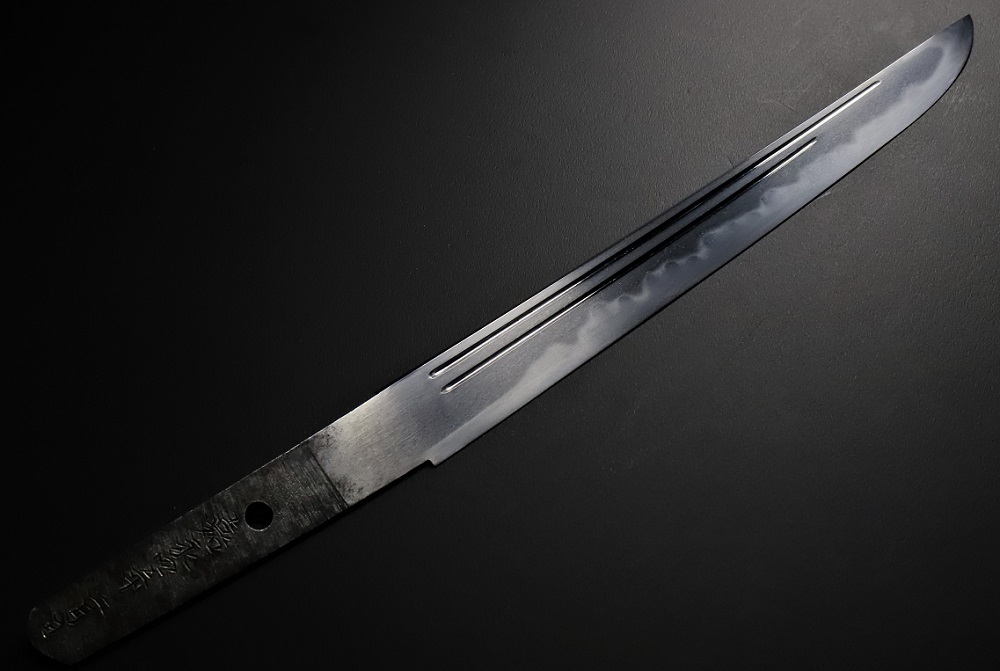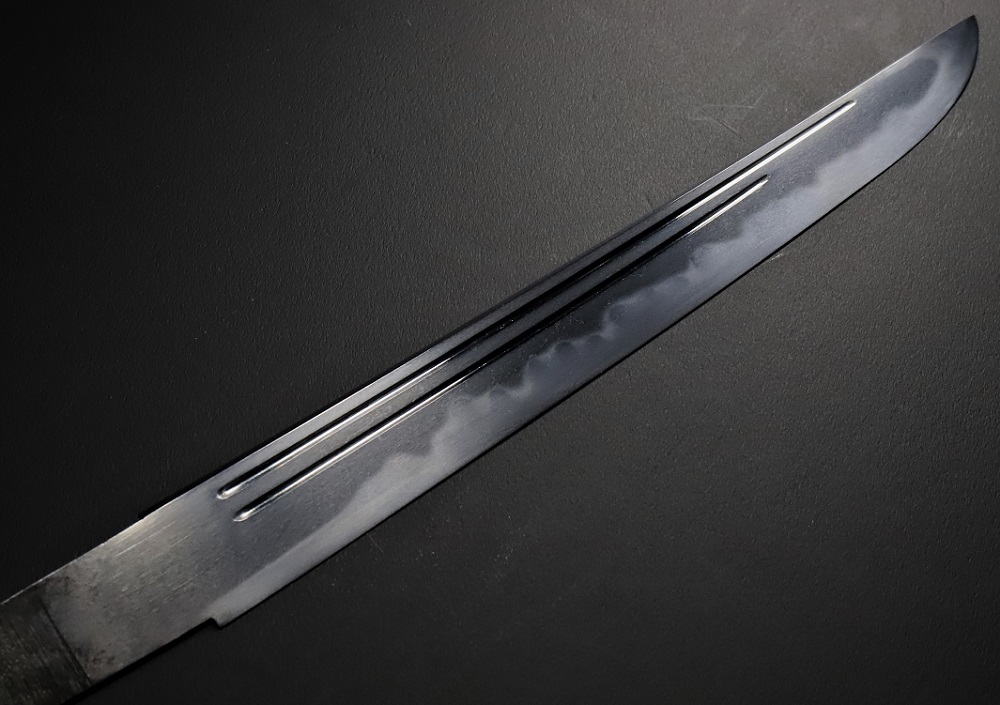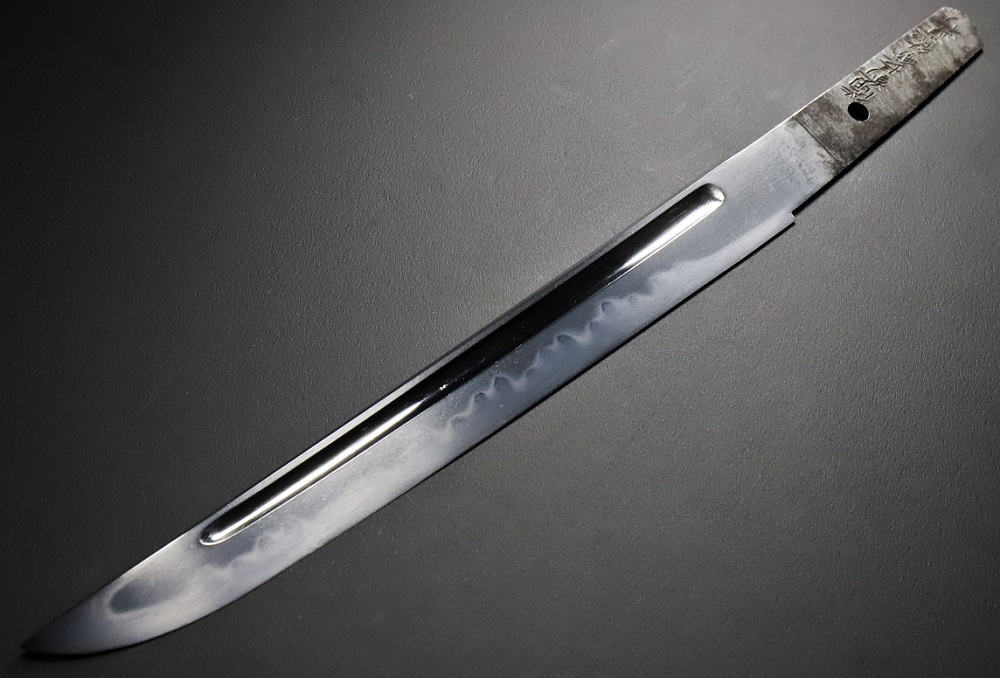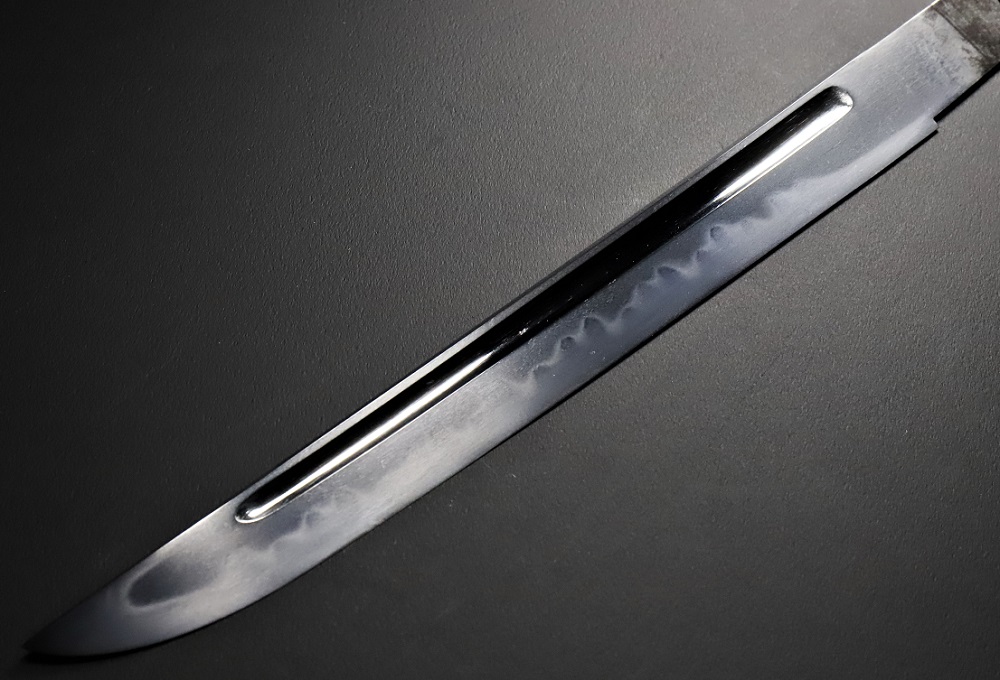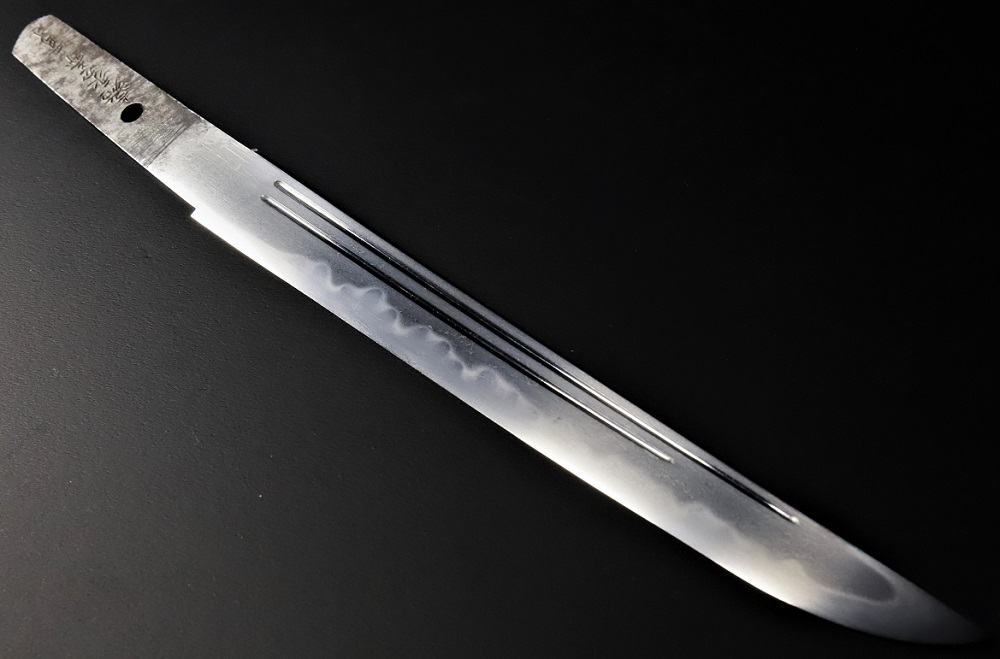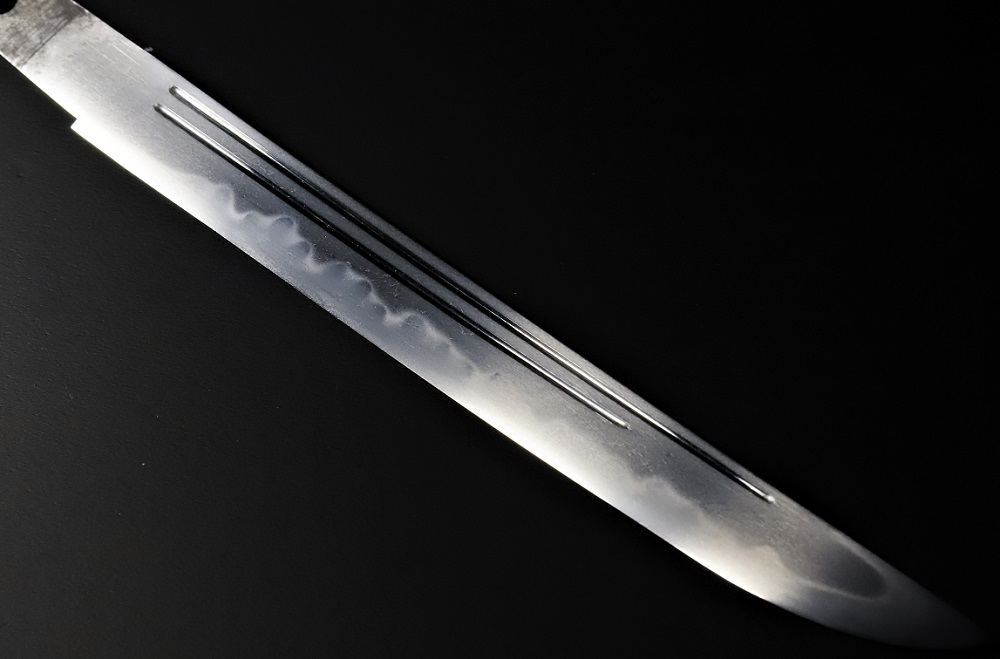
| Product No. TAN-0340 備前長船祐直作 | |
|---|---|
| Mei |
Made by Sukenao from Osafune, Bizen Back: On a day in February in 1851, the 4th Year of Kaei |
| Shape | Hirazukuri Iorimune |
| Region | Bizen Province |
| Era | Late Edo Period |
| Length |
16.8 cm 6.6 in |
| Motohaba |
2 cm 0.8 in |
| Munekasane |
0.5 cm 0.2 in |
| Status | Tokubetsu Hozon Token |
| Registration Authority | Osaka |
| Registration Date | November 19, 2020 |
| Jihada (Metal pattern) | Koitame |
| Hamon (Temper line) | Gunome-midare with Yakidashi |
| Engraving | Omote: Bohi, Ura: Futasujibi with Takekurabe |
| Bōshi (Point / Tip) | Sugu Komaru turn |
| Nakago (Tang) | Ubu, Kattesagari file pattern and a Kurijiri end |
| Mekugiana (Rivet holes) | 1 |
| Habaki | Copper base silver foil with Koshiyujo file Habaki |
| Mountings | Koshirae-tsuki |
| Koshirae | Aikuchi Tanto style Koshirae with a black lacquer Saya |
| Koshirae Length |
28.5 cm 11.2 in |
| Tsuka Length |
9.5 cm 3.7 in |
Price |
SOLD |
| In the late Edo period, the Yokoyama [横山] school flourished in Bizen Osafune, with names such as Sukenaga [祐永], Sukane [祐包], Sukehira [祐平], and Sukenao [祐直], all of whom used the character "Suke [祐]" as a common character (toori-ji), and all swords unique gunome and choji-shaped hamon with sugu-yakidshi. This tanto was made in 1851 by Yokoyama Sukenao the 2nd generation. He was the son of Yokoyama Sukenao the 1st generation. It is a tanto that well represents the characteristics of the Yokoyama school. The nakago is in excellent condition. It comes wtih a aikuchi syle koshiae with black lacquered saya. An ideal piece to use as an omamori/talisman sword. |


